Key Takeaways
- Modeling spans many job types beyond the classic runway and print work.
- Each job type demands specific body standards, skills, and networking strategies.
- Understanding pay ranges and typical clients helps you choose the right niche.
- Many models combine several job types to build a sustainable career.
- Knowing how agencies categorize jobs lets you target the right auditions.
When you hear the word "model," the mind often jumps straight to a catwalk or a glossy magazine spread. In reality, model job is a specific type of work within the broader modeling industry, each with its own demands, pay structure, and typical clients. From high‑fashion runway shows to product‑placement gigs, the field offers more pathways than most people realize. This guide walks you through the most common model jobs, highlights what they look like day‑to‑day, and shows how you can position yourself for the roles that fit your look and lifestyle.
Runway Modeling
Runway model is a a model who walks the catwalk during fashion shows, showcasing designers' latest collections. The job is visual, fast‑paced, and heavily dependent on height (typically 5'9"-6'0" for women, 6'0"-6'2" for men) and body proportions. Runway gigs often pay per show, with top-tier events like Fashion Week offering $2,000-$5,000 per appearance, plus travel and accommodation reimbursements. Key skills include a strong runway walk, poise under bright lights, and the ability to change outfits quickly. Agencies that specialize in high fashion, such as IMG or Elite, are the primary gatekeepers.
Print Modeling
Print model is a a model featured in still images for magazines, catalogs, billboards, and online editorial spreads. Unlike runway work, print modeling focuses on posing, facial expression, and the ability to convey a story in a single frame. Typical height requirements are more flexible (5'7"-5'11" for women) because the final image can be edited. Pay is usually per project, ranging from $500 for local catalog work to $15,000 for major editorial campaigns. Success hinges on a versatile look and the ability to take direction from photographers.
Commercial Modeling
Commercial model is a a model hired for advertisements that sell products or services, appearing in TV commercials, online video ads, and print ads. This category is the most inclusive, welcoming a wide range of ages, body types, and ethnicities. Commercial gigs pay per day or per campaign, often between $300 and $2,000 for a single shoot, with residuals for TV spots. The key is relatability; brands want faces that consumers can identify with. Casting directors look for natural charisma and clear speech for video work.
Fit Modeling
Fit model is a a model who tries on garments during the design and production process to ensure proper sizing and fit before mass production. Fit models work behind the scenes with designers, pattern makers, and production teams. Height and measurements must match the brand's standard sample size, and the job often involves standing for hours while garments are adjusted. Pay is typically hourly, ranging from $20 to $60, plus occasional overtime. This role suits individuals who prefer a steady schedule over the unpredictability of casting calls.
Promotional / Event Modeling
Promotional model is a a model hired to represent a brand at trade shows, product launches, and live events, interacting directly with consumers. The job emphasizes interpersonal skills and product knowledge. Pay can be per hour ($15-$30) or per event, sometimes with bonuses for meeting sales targets. This niche offers frequent work, especially in tech, automotive, and consumer goods sectors, and is a good entry point for newcomers to build confidence.
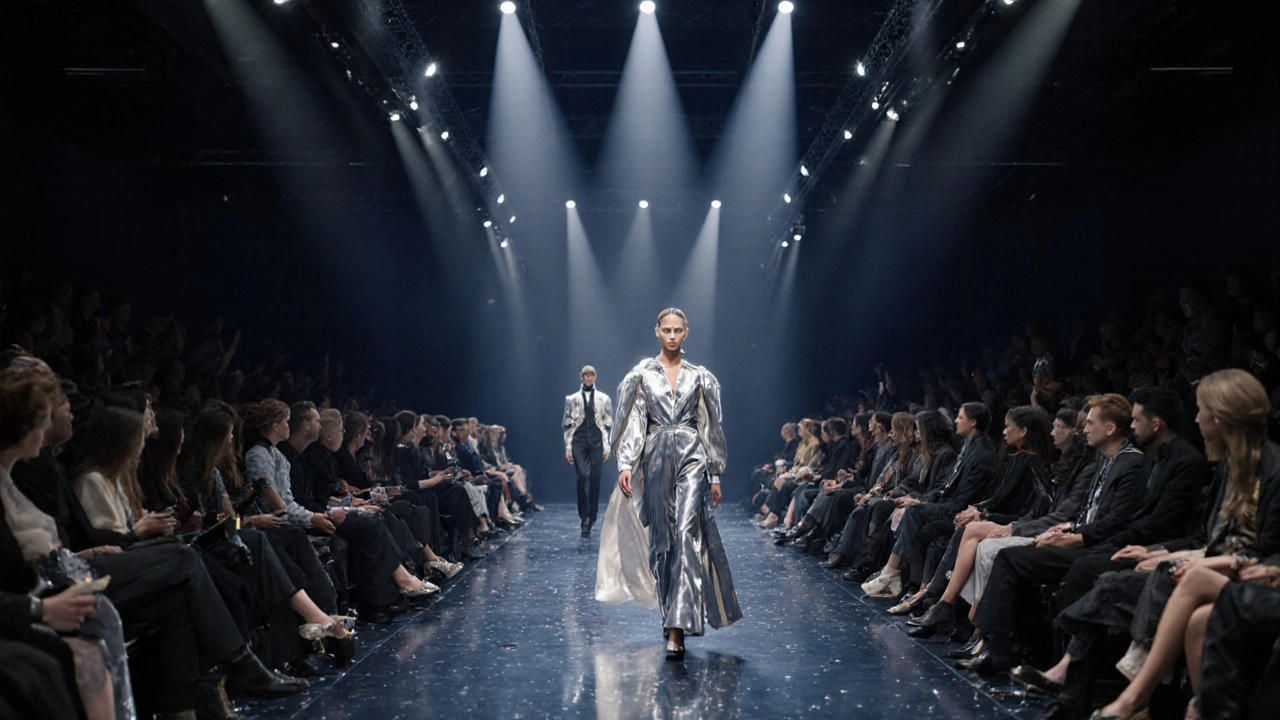
Fitness Modeling
Fitness model is a a model whose physique showcases athletic wear, workout gear, and health‑related products. The focus is on a toned, muscular build, often requiring a disciplined training and nutrition regimen. Fitness gigs appear in magazine spreads, supplement advertisements, and social media campaigns. Compensation varies widely; local gym promotions might pay $200 per day, while high‑profile brand collaborations can exceed $10,000 per campaign. Consistency in maintaining a defined physique is essential.
Glamour Modeling
Glamour model is a a model who poses in alluring or sensual contexts, often for lifestyle magazines, calendar shoots, or online platforms. This niche welcomes a range of body types but emphasizes confidence and the ability to convey intimacy. Pay can be lucrative, especially for high‑visibility calendars, ranging from $1,000 to $20,000 per shoot. Professionalism and clear contract terms are crucial because the work can sometimes blur lines between artistic and explicit content.
Plus‑Size Modeling
Plus‑size model is a a model representing the growing market for clothing lines targeting sizes 12 and up, featuring a diverse range of body shapes. Agencies like Torrid and Lane Bryant focus exclusively on this segment. Requirements are less about height and more about proportion and confidence. Pay aligns with other commercial work, typically $400-$3,000 per campaign, with top brands offering six‑figure contracts for season‑long partnerships. This field has expanded rapidly thanks to the fashion industry's push for inclusivity.
Child and Teen Modeling
Child model is a a minor who works in advertising, catalogues, and entertainment projects, representing products aimed at families or youth. Regulations differ by region; many places require work permits and limited hours. Agencies specialize in youth talent, and pay varies based on experience, with rates from $150 for local shoots to $5,000 for national ad campaigns. Parents or guardians must manage contracts and ensure a safe working environment.
Digital & Virtual Modeling
Digital model is a a computer‑generated avatar used in virtual fashion shows, e‑commerce, and gaming environments. While no physical presence is required, the creator often collaborates with 3D artists and brands to shape the model's look. Earnings are typically royalty‑based, ranging from 5% to 15% of sales generated through the virtual representation. As AR and VR technologies grow, this niche is becoming a lucrative side path for models comfortable with tech.
Comparison of Common Model Jobs
| Job Type | Primary Medium | Typical Height/Size | Pay Range (US$) | Key Skill | Typical Clients |
|---|---|---|---|---|---|
| Runway | Live fashion shows | 5'9"-6'0" (F), 6'0"-6'2" (M) | 2,000-5,000 per show | Catwalk technique | Design houses, fashion weeks |
| Magazines, catalogs, billboards | 5'7"-5'11" (F), flexible (M) | 500-15,000 per campaign | Posing & expression | Publishers, retailers | |
| Commercial | TV, online ads, print ads | All ages & sizes | 300-2,000 per day | Relatability | Brands, agencies |
| Fit | Design studio, production floor | Matches brand sample size | 20-60 per hour | Consistency & patience | Apparel manufacturers |
| Promotional | Live events, trade shows | Any | 15-30 per hour | People skills | Tech, automotive, consumer goods |
| Fitness | Activewear ads, social media | Muscular, toned | 200-10,000 per campaign | Physical conditioning | Sports brands, supplements |
| Glamour | Lifestyle mags, calendars | Varies, confidence key | 1,000-20,000 per shoot | Sensual presence | Publishers, adult‑friendly brands |
| Plus‑Size | Retail catalogues, online stores | Size12+ | 400-3,000 per campaign | Body positivity | Inclusive fashion labels |
| Child/Teen | Family ads, catalogues | Varies by age | 150-5,000 per shoot | Energy & safety awareness | Kids’ brands, TV shows |
| Digital | AR/VR, e‑commerce | Virtual - no physical limits | 5%-15% royalties | Tech collaboration | Virtual fashion houses |
How to Choose the Right Model Job for You
Start by assessing your natural attributes-height, body shape, and facial features. If you’re tall with striking runway walk, aim for fashion shows. If you love fitness and have a sculpted physique, target active‑wear brands. Consider lifestyle preferences: runway and high‑fashion gigs require travel and irregular hours, while fit modeling offers steady studio work. Financial goals matter too; commercial and promotional work may provide more consistent income, whereas runway can bring high‑profile exposure.
Next, research agencies that specialize in your desired niche. High‑fashion agencies (IMG, Women Management) typically scout runway talent, while commercial agencies (Ford, Wilhelmina) handle ads and promotional work. For plus‑size or inclusive work, look at agencies like Curvy Agency or JAG Models. Build a versatile portfolio that showcases relevant shots-catwalk videos for runway, close‑ups for print, lifestyle imagery for commercial.
Finally, network. Attend local fashion events, join model‑focused social media groups, and connect with photographers who specialize in your target genre. Consistent follow‑up after auditions, and a professional attitude, often turn a one‑off gig into a recurring contract.
Common Pitfalls and How to Avoid Them
- Skipping contracts: Always read the fine print. Verify usage rights and payment terms before signing.
- Ignoring health: Some niches (runway, fitness) demand strict body standards. Work with nutritionists or trainers to maintain health, not just appearance.
- Over‑committing: Juggling too many job types can dilute your brand. Focus on two complementary niches at first.
- Under‑pricing: New models often accept low rates to build a portfolio, but know market standards to avoid being undervalued.
- Lack of professionalism: Punctuality, clear communication, and a positive attitude are as important as looks.
Next Steps for Aspiring Models
1. Create a basic portfolio with at least five high‑quality images covering headshots, full‑body, and a niche‑specific look.
2. Identify three agencies that match your desired job type and submit your portfolio via their online portals.
3. Schedule a test‑shoot with a reputable photographer to fill any gaps-e.g., a runway video clip if you’re aiming for fashion shows.
4. Join industry forums or social groups to stay updated on casting calls and to get feedback on your comp‑card.
5. Set short‑term goals (e.g., book two commercial jobs in three months) and track progress, adjusting your strategy as you learn what works.
Frequently Asked Questions
What is the biggest difference between runway and print modeling?
Runway modeling is about movement-walking, posture, and presenting garments live-while print modeling focuses on static images that capture emotion, style, and product detail. Height and proportions matter more in runway, whereas facial expression and posing dominate in print.
Can I do both commercial and high‑fashion work?
Yes, but it requires careful branding. Agencies often separate portfolios for each niche. Keep your commercial shots natural and relatable, while your high‑fashion images should be editorial and avant‑garde. A clear distinction helps agents place you appropriately.
How do digital models earn money?
Digital models usually receive royalties based on sales generated from the virtual avatar. Some contracts also include a flat fee for the initial 3D creation. As brands adopt AR try‑on tools, the demand for realistic avatars is rising, creating steady income streams.
Do child models need a special contract?
Absolutely. Child labor laws require work permits, limited hours, and a trust‑account for earnings. Parents should always review contracts with a lawyer and ensure the agency follows local regulations.
What should I bring to a fit‑model appointment?
Bring a set of basic measurements (bust, waist, hips, inseam), a neutral underwear set, and a calm attitude. You’ll be asked to try on several prototypes, so comfort and patience are key.


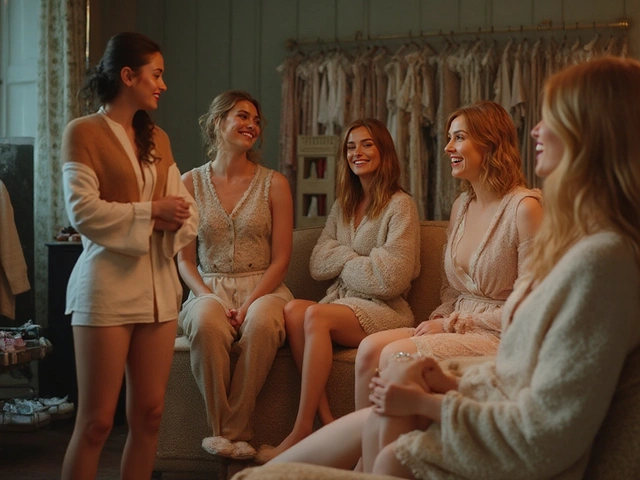
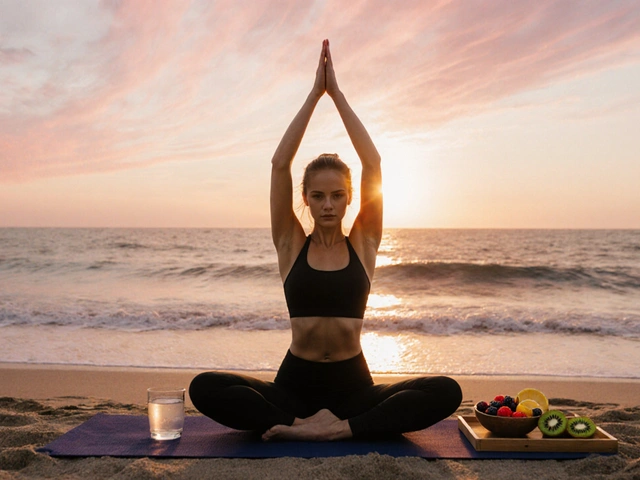
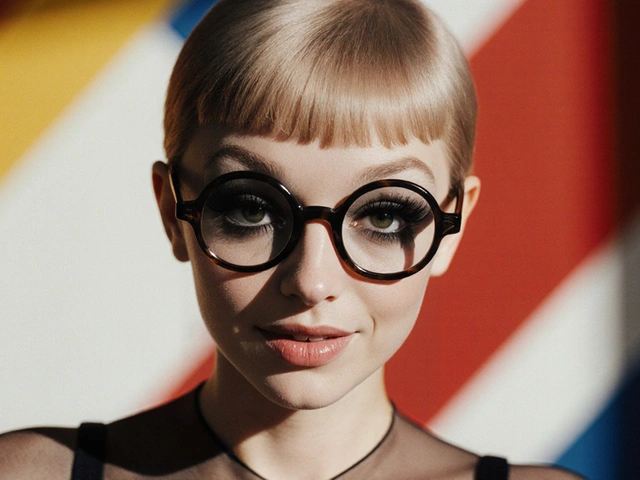


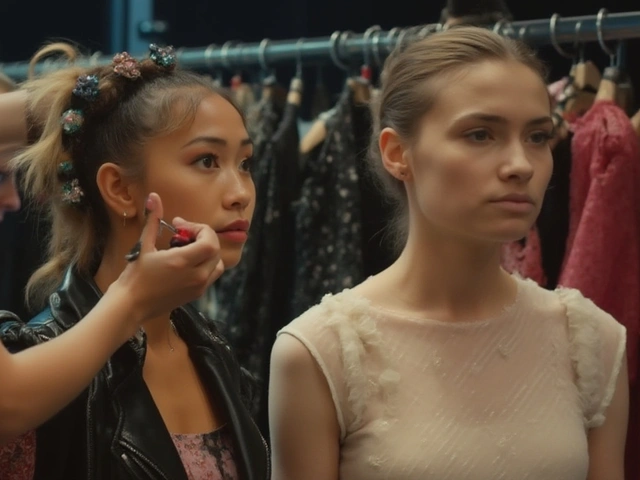
October 9, 2025 AT 23:13
Chuck V
Stepping into the world of modeling can feel like navigating a maze of glitter and gray‑area contracts, but understanding each niche demystifies the path and empowers you to make strategic choices. First, recognize that runway, print, commercial, fit, promotional, fitness, glamour, plus‑size, child, and digital modeling each have distinct physical expectations, payment structures, and scheduling demands. For instance, runway demands a towering stature and a catwalk that commands attention, while commercial welcomes relatability and a voice that can sell a product in a thirty‑second spot. Knowing these differences lets you align your natural attributes with the jobs that will highlight your strengths rather than expose your insecurities. When you build a portfolio, curate separate sections that showcase the appropriate looks-high‑fashion editorial shots for runway aspirations and lifestyle images for commercial pursuits. Agencies like IMG and Elite specialize in high‑fashion talent, whereas Ford and Wilhelmina are powerhouses for commercial work, so target your submissions accordingly. Networking remains a cornerstone; attend local fashion events, join online model forums, and foster relationships with photographers who understand your desired niche. Consistent follow‑up after auditions demonstrates professionalism and often converts a one‑off gig into a recurring contract. Never underestimate the importance of reading every contract line; hidden clauses about usage rights and payment timelines can trap unsuspecting newcomers. Prioritize your health by partnering with nutritionists or trainers if you aim for runway or fitness, because the industry’s body standards can be rigorous. Simultaneously, keep a backup plan-fit modeling offers a steadier schedule and can supplement income while you chase runway shows. Remember that versatility is valuable; many successful models blend commercial and print work to maintain financial stability while still chasing high‑fashion dreams. Finally, set measurable short‑term goals, track your bookings, and adjust your strategy based on what resonates with agencies and clients. By treating your modeling career like a well‑structured project, you transform uncertainty into a series of achievable milestones. Keep your head high, your stride confident, and your portfolio curated, and the right opportunities will find you.
October 11, 2025 AT 04:33
Bonnie Searcy Squire
Don’t be fooled; most agencies hide fees in fine print.
October 12, 2025 AT 09:53
Starla Scholl
It’s refreshing to see a guide that breaks down each modeling avenue without jargon, making it easier for newcomers to see where they fit. If you’re tall and love the runway buzz, focus on building a strong walk and securing an agency that services Fashion Week. For those who prefer a relaxed schedule, fit or promotional gigs offer steadier hours and reliable pay. Don't overlook the growing demand for inclusive representation-plus‑size and diverse talent are finally getting the spotlight they deserve. Balancing a couple of complementary niches, like commercial and print, can also protect you from the feast‑or‑famine cycle. Above all, keep your expectations realistic and your portfolio fresh.
October 13, 2025 AT 15:13
Jeff Shaw
Reading through this feels like uncovering a hidden map to the modeling kingdom, and I’m honestly blown away 🌟. The breakdown of each job type is crystal clear, which helps demystify the industry’s many layers. I especially appreciate the tip about setting short‑term goals; it’s a game‑changer for staying motivated 🏃♂️. Remember, every model’s journey is unique, so don’t compare your progress to someone else’s highlight reel. Embrace the grind, celebrate the small wins, and keep that confidence shining like a runway spotlight ✨.
October 14, 2025 AT 20:33
Hemanth Nadipineni
Great summary! :) It really helps to see the pay ranges and skill sets side by side. I think many aspiring models overlook the fit‑model path, which can be a stable entry point. Also, the part about digital avatars is super interesting – the future is definitely virtual. Keep sharing these insights, they’re super valuable.
October 16, 2025 AT 01:53
Ken Chess
Modeling is more than just looks it’s about hustle and knowing the right people and the right niche you have to adapt and learn the game quickly you’ll find that mixing commercial gigs with print can keep cash flow steady while you chase runway dreams keep grinding and stay humble
October 17, 2025 AT 07:13
Melissa Pemberton
omg ths is sooo helpful thx!